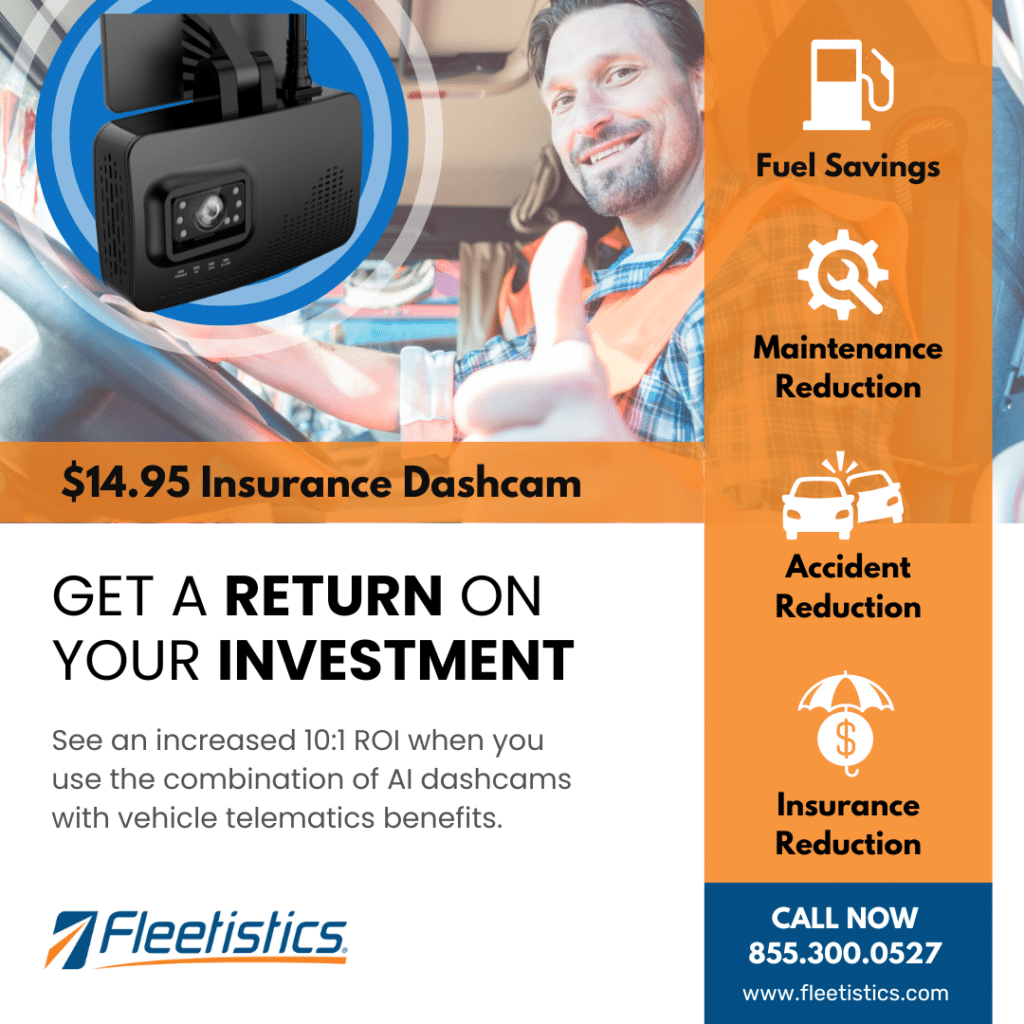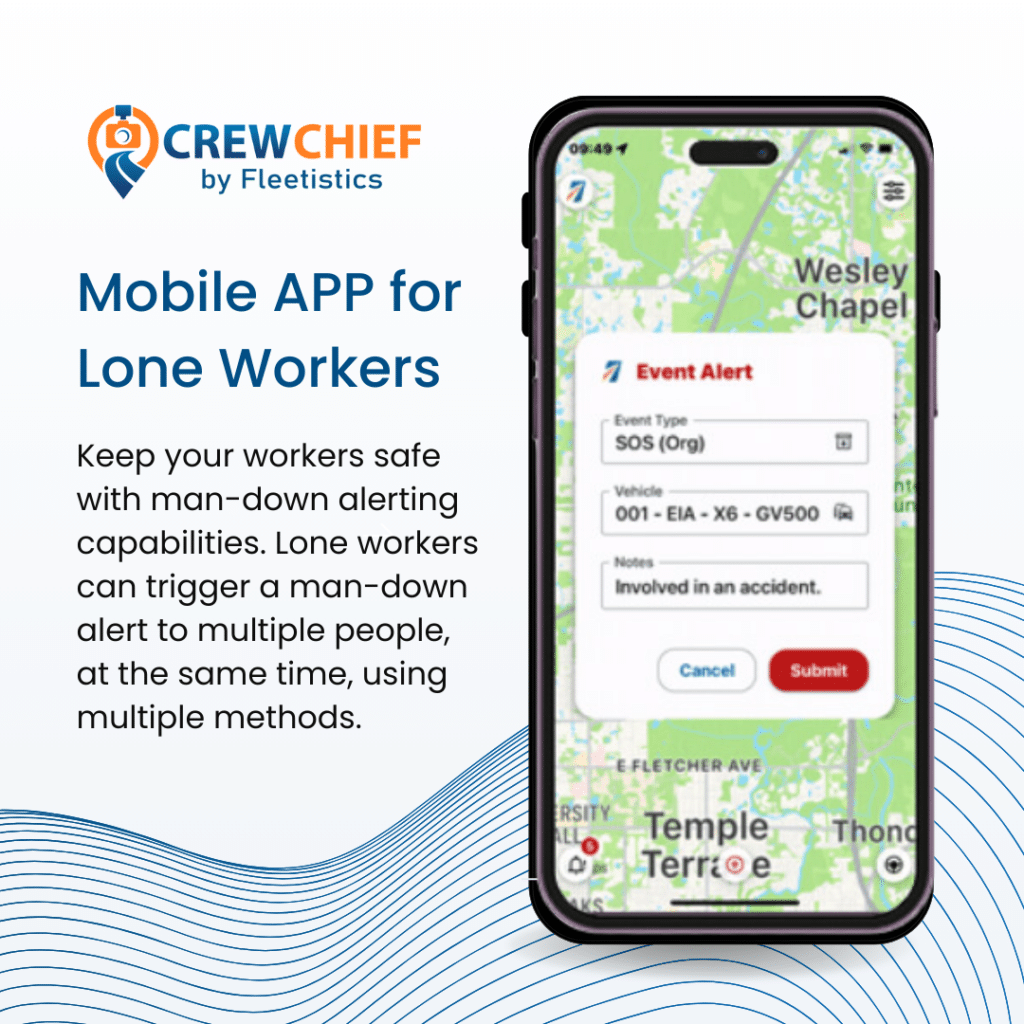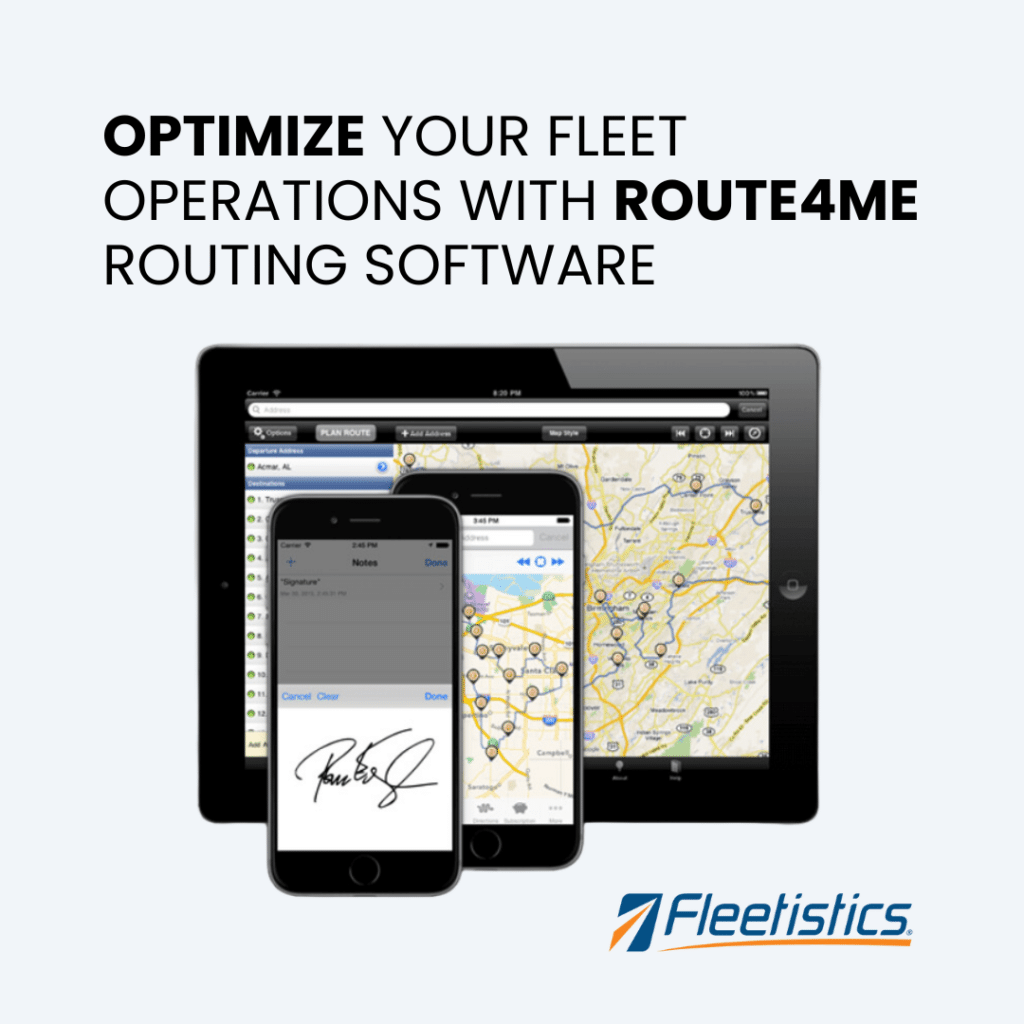
by John Smizek | Mar 21, 2024 | Fleet Management, Fleet Management Software, GPS Tracking & Telematics Equipment, Risk and Safety, Uncategorized
Tampa’s Top Preferred Choice For Fleet Management and Telematics Solutions! Fleetistics has been the Tampa GPS Tracking and Telematics authority since the technology was in its infancy. We are recognized as a leading provider of fleet management technology both...

by Nadet Rautenbach | Mar 8, 2024 | DriveTrax, Risk and Safety
A Crucial Imperative for Safety: In today’s fast-paced world, driver distractions abound, and when it comes to fleet management, these distractions can pose serious risks to both drivers and businesses alike. According to statistics from the National Highway...

by Lynn Rios | Jan 9, 2024 | Fleet Management, Risk and Safety
The Project Some time back, Fleetistics worked closely with researchers from the University of Arizona on a risk management project. Our role was assisting in the selection and deployment of GPS/telematics devices. The project team installed the devices in a variety...
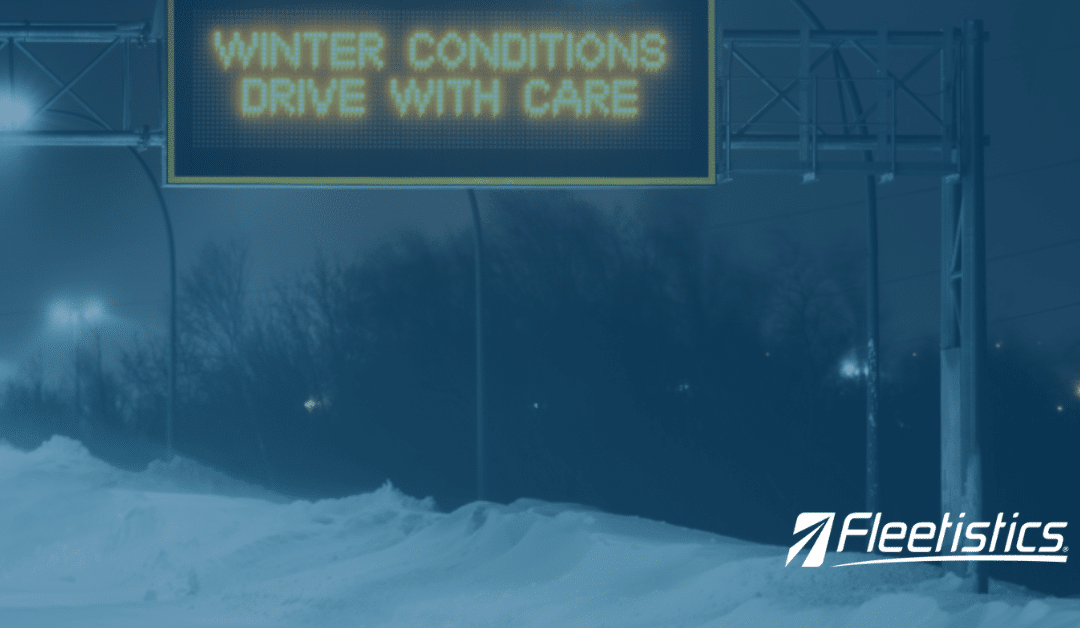
by John Smizek | Nov 14, 2023 | Fleet Management, Risk and Safety
Preparing Your Fleet Drivers for Winter Weather Conditions For many people living in everyday warm climates, driving in winter weather conditions may be a fantasy they never have to realistically be concerned with. However, many drivers (including fleet drivers or...

by Nadet Rautenbach | Oct 20, 2023 | Community Service, Government Fleet, GPS Tracking & Telematics Equipment, Risk and Safety
As you age, it can become difficult to safely drive your own car. Once you can no longer drive, you may start looking for other ways to get around. Unfortunately, there are common disabilities individuals face as they get older that can make traveling alone...
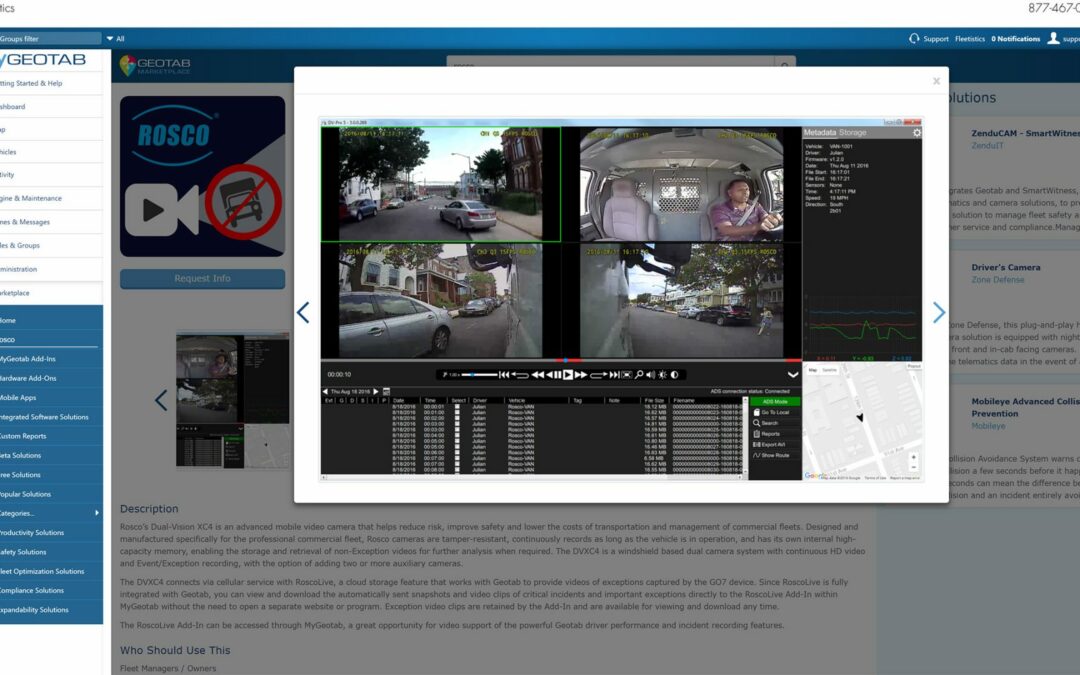
by Lynn Rios | Sep 11, 2023 | Fleet Management, GPS Tracking & Telematics Equipment, Risk and Safety
Vehicle cameras are becoming more popular as a fleet management tool. As with any new tool, it takes time to understand the best ways to leverage camera use on your fleet vehicles. When selecting and setting up your vehicle camera system, managing consumption to avoid...








